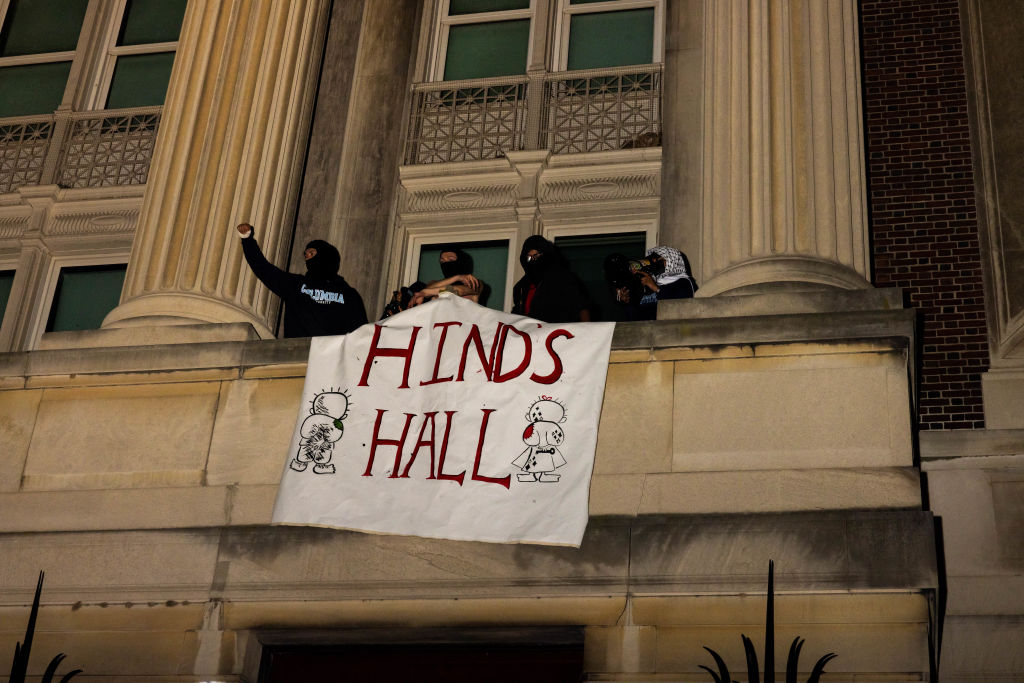Polls Under Fire Once Again After “Red Wave” Fails to Materialize
Republicans’ disappointment this week in the midterm elections has led to a fresh round of recriminations about polling that missed the mark.
Despite projections that the GOP would take control of the House and, pending the outcome of three undecided Senate races that were all trending Democrats’ way, potentially the upper chamber as well, Republicans woke up the morning after Election Day chastened by a performance that fell well short of expectations.
Those expectations were set by a handful of individual polls and polling aggregations that showed Republicans in a strong position to sweep competitive races — and even threaten some Democrats in safely blue territory.
The polls, in some cases, got it wrong once again.
“I think that some of the backlash we’re seeing about polls — even though they were broadly right! — deals with a failure to distinguish between good and less good polls,” wrote Natalie Jackson, research director at polling firm PRRI, on Twitter on Thursday. “The narrative of a red wave was driven by a dump of Republican-leaning polls with opaque methods in the final two weeks.”
REPUBLICANS POINT FINGER AT TRUMP FOR ‘NIGHTMARE’ ELECTION OUTCOME
Recent elections have exposed some pollsters as serially undercounting Republican support.
Last year, for example, the RealClearPolitics average of polls had Democratic Gov. Phil Murphy up by 7.8 percentage points on the night before he faced New Jersey voters. Murphy ended up winning reelection by just 2.8 points.
In 2018, the average suggested then-Rep. Ron DeSantis was going to lose to Democratic gubernatorial candidate Andrew Gillum in Florida by 3.6 percentage points. DeSantis ended up beating Gillum by a narrow 0.4 percentage points, which represented a full 4-point swing from what pollsters predicted.
And the 2016 presidential race featured one of the most infamous polling misses in modern history, leading the political establishment to write off Trump as a loser-in-waiting before he racked up a surprise victory in the Electoral College.
Those successive overestimations of Democratic support may have led many analysts this cycle to put more stock in polls that showed Republicans performing above expectations, even if those surveys did not fit with other findings.
In New Hampshire, for example, a spate of polls in the midterm’s final month suggested Democratic Sen. Maggie Hassan was vulnerable to an upset from Republican Don Bolduc.
A University of New Hampshire poll found Hassan leading Bolduc by just 2 percentage points in the last week of the race; a Trafalgar Group survey from the end of October found Bolduc ahead by 1 point.
But Hassan cruised to reelection by a nearly 10-point margin this week. Her race was among the first called on a night when the vote counting in many Senate races dragged into the following morning.
In the Georgia Senate race, the RealClearPolitics average predicted a narrow 1.4-point victory for Republican Herschel Walker over Democratic Sen. Raphael Warnock, which would have sent the two to a runoff. Warnock came out on top of Walker by 0.9 percentage points, a margin that will still require a runoff but suggests surveys undercounted Warnock’s supporters.
The last burst of polls predicted that Walker had an advantage; all five of the final polls conducted before Election Day gave Walker the lead or put him dead even with Warnock.
Pollsters also seemingly failed to detect how important midterm voters considered abortion relative to their economic concerns, which could have led Republicans to draw conclusions about the strength of their messaging that were not accurate.
A CNN-SSRS survey from late October found that 51% of voters listed “the economy and inflation” as their top concern when choosing a candidate, while just 15% of voters listed abortion.
Other surveys predicted that crime also outpaced abortion as a major concern.
But the national exit poll revealed that voters may have viewed those issues as essentially equal in importance: 31% of voters who cast ballots on Election Day cited inflation as their top issue, while 27% of voters who cast ballots on Election Day cited abortion.
Crime came in third place in the hierarchy of top concerns, with just 11% of voters citing it.
Polls also provided overly optimistic predictions about how many seats Republicans would flip in the House.
The data website FiveThirtyEight said the most likely scenarios had the GOP winning between 214 and 246 seats.
Larry Sabato’s Crystal Ball at the University of Virginia predicted Republicans would net 24 seats to reach 237 in the House.
As of Thursday evening, Republicans had secured just 209 seats, with dozens of races still uncalled but fewer chances left to secure a significant majority than most in the party had imagined.
CLICK HERE TO READ MORE FROM THE WASHINGTON EXAMINER
Other polls tracked more closely with the final results.
The generic congressional ballot, which asks voters which party they would prefer to see in power without naming any specific candidates, reflected a modest 2.5-percentage-point advantage for Republicans in the RealClearPolitics average before Election Day.
Republicans in general did maintain a lead in the popular vote as ballots continued being counted on Thursday, despite many individual candidates falling short.
" Conservative News Daily does not always share or support the views and opinions expressed here; they are just those of the writer."





